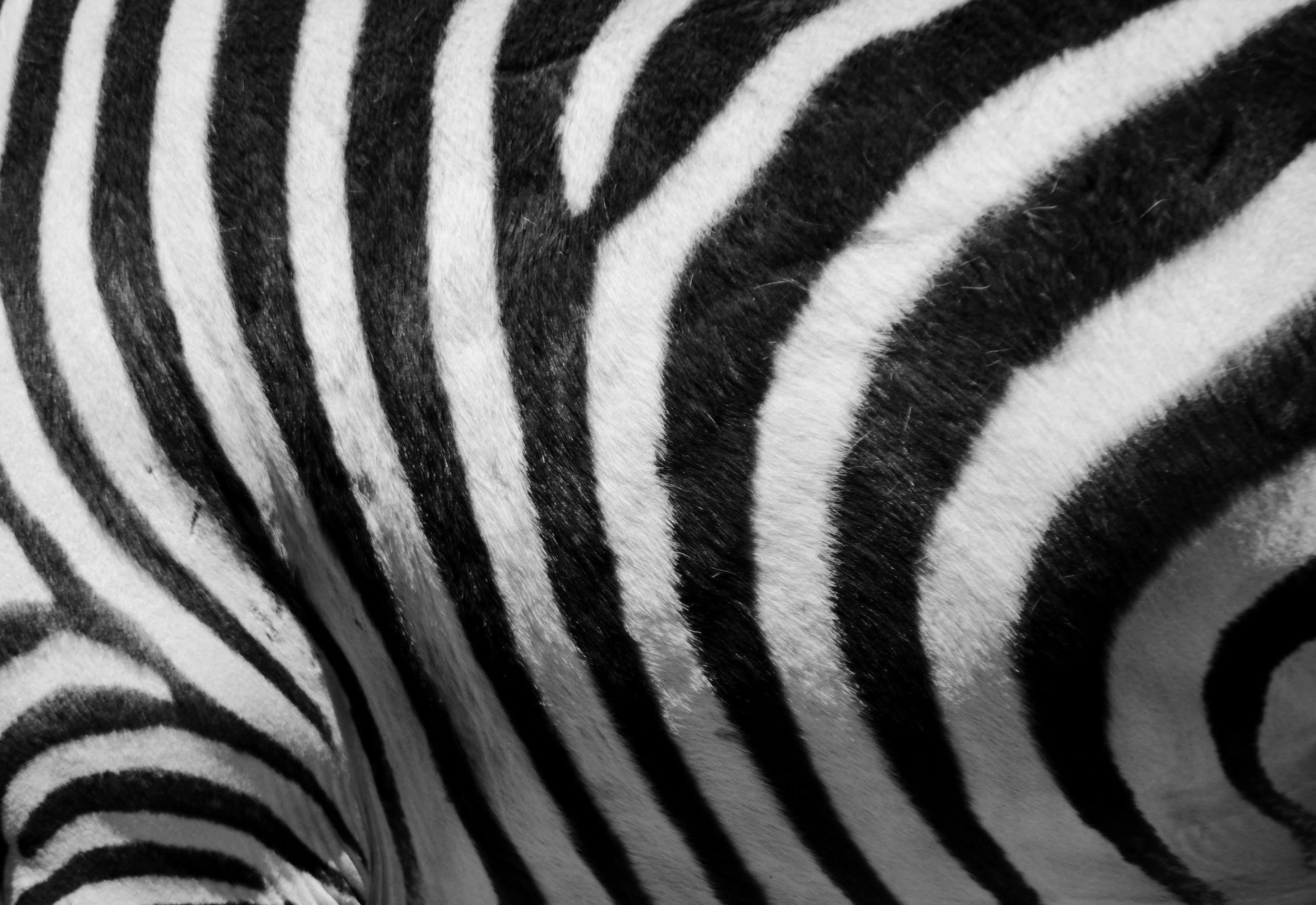Nice Stuff
The basement is filled with junk and gems. I promised myself no space of mine would ever get this packed, but even in her delirium, Mom has conquered. Her gaze was voracious, her taste, sweeping. She was a champion of designers. She was a one-woman environmental disaster, with a carbon footprint as big as a mall.
A bucket of orphaned earrings lays on its side on the ping pong table. In this sea of tiny, wearable sculptures, a black pearl mourns for its mate. There is a knot of tangled necklaces, and beneath it, a turquoise bolero that tapers into silver end-caps. This is from my mother’s Southwestern period in the late eighties, when you could find her hoofing it through the malls of New Jersey in cowboy boots, a prairie skirt, and several turquoise cuffs.
My sister and my mother’s friend made many thousands by organizing and selling my mother’s clothing in yard sales, but I have not been able to part with her jewelry.
Even when we were little, we understood there was something extreme about my mother’s pursuit of and attachment to objects. One of my earliest memories is of the grape soda machine at a discount clothing store called Nice Stuff. We were never allowed to drink soda at home, but at Nice Stuff we could slurp the syrupy bribe to our heart’s content. Mom would park us in the penned-in snack lounge, and grow flushed as she combed the racks. Coked up on soda, my younger siblings and I would break out to hide and seek under the circular clothing racks. We would squeal until we pissed off Paul, the manager, who would force my mother to take us home before she had stashed her frocks in “layaway.” Mom would be furious.
After so many afternoons of shopping, I was furious too. I remember having a security guard apply an ice pack to a lump on my forehead after I fell from the escalator at Bloomingdales. The escalator, with its hypnotizing, tiny silver teeth, had whispered to me: she’ll be sorry. Riding the outside of the escalator and dropping several feet was an intoxicating game I’d invented to pass the hours while Mom shopped, or perhaps to stop her shopping altogether. That one time, I held on too long. It was difficult to distinguish fear from excitement as I let go and careened onto a table of merino sweaters. The guard called my mother’s name on the intercom and I waited. My mother, aflutter, retrieved me in the security office, and took me home, at last. But we were back at Bloomies within the week.
For Jewish holidays, she dressed us in coordinated outfits. There is photographic evidence of the “Velvet Rosh Hashanah", for which she costumed my sister and me in ruffled prairie shirts and velvet knickers with gold belts, and my brother Brian, the youngest, in a velvet suit. I detested this. But to resist her outfits was to reject her.
I felt a quiver of pride when she endeavored to turn her compulsion into a business. When I was a teenager, she began shopping for and dressing other women. I hoped this would be the outlet for my mother’s restless intellect. I felt myself rooting for her, but then, I didn’t understand why. She had graduated summa cum laude from Bucknell, obtained a Masters in Communications from NYU, and a Teaching Certificate from Columbia. She’d worked for Ted Kennedy, been a buyer for Bloomingdales, and taught Kindergarten. She stopped working for Ted Kennedy’s office because the suggestions that she go to Hyannis for “working weekends” made her uncomfortable, and she was reprimanded by a staffer when she brought her boyfriend, my father, along for the first weekend to block advances. She stopped teaching elementary school because she found work with small children “boring,” to use her exact word. After she gave birth to me, at twenty-seven, she became a stay-at-home mom and homemaker, who did little housekeeping. Perhaps this new career would occupy her mind.
Cartons of sweaters, a rainbow of suits with shoulder pads, and boxes of jewelry began arriving at our doorstep. Mom dressed some broadcast journalists, women who had a career she had once envisioned for herself, so bold jewelry was key. The closets, which had always been filled to the brim, burst forth with merchandise. She changed into several outfits a day. With her narrow hips, slim build, and olive complexion, everything looked right on her. She became successful at giving her customers exactly what they never knew they wanted, making them “fabulous,” but she overbought. She would coax a woman into stretching her fashion horizons, layering a suede jacket over a printed dress, and then she would slip a necklace over her neck, saying, “Now, that looks gorgeous.” The customer might try to argue, even as she grew beguiled by her own image in the mirror. My mother had an eye, and a claptrap memory. She would tell the story of every designer, name every stone and fabric, until her client could no longer live without the thing. “This pin was made by a Bay Area sculptor who pours silver over wax molds,” she might say, or “This Chippewa beading technique has been handed down through generations.” Mom should have positioned herself as a luxury stylist, but discounting was her way of being. She considered it insulting to charge clients full price. So she had many customers.
My father, who had carved out a refuge in an office she once painted the colors of a sunrise and accessorized with pottery, was gradually pushed out of the space all together. This was her pattern: decorating an interior artfully and then slowly choking it with things, “I can’t argue with your mother,” Dad would say. In his fifties, when he was in construction, he did his paperwork in the car.
When I was young, Mom’s stuff symbolized her selfishness and lack of self-control. I could not accept that someone of such intelligence and will could manifest such chaos and waste. Yet, years after she has stopped shopping, I turn her jewels over in my hands, looking for different facets. It seems I am not so different from her, as I compulsively rework these sentences, in search of something beautiful, an antidote for the banal.
What compelled her to ceaselessly seek out things? I wonder if it was the loss of her infant son, my younger brother, Michael, who died during heart valve replacement surgery, that left an unfillable hole inside her, which compelled her to stick to us children like glue, to always need more. I have to wonder if shopping became the way she allowed herself to step away from the hearth, to recover her glamour and promise. It’s impossible to know. What I do know is that objects were her language.
Each year, the Christmas tree groaned under the weight of ornaments. There were miniature sleds, glass icicles, and the pig with an angel’s wings to top the tree, the ultimate traif. There were towers of presents. Our stockings might contain as much as many kids received for the whole holiday. What I got was a huge quantity purchased at a discount. Our Christmas was enormous, though Mom was Jewish (and celebrated “for Dad”), though we were not rich (perhaps because of her shopping). Every year, after we tore downstairs for the big reveal, I’d linger at the bottom of the carpeted stairs to look up at her face. At that moment, gazing down at us with her clear green eyes, she’d look as beatific as the Virgin Mary. She’d created this tableau. And she glowed.
These days, my mother is beyond shopping or sentences, yet there is a game I can still play with her. When I seek her out in her facility, I’m often disturbed to find her in a stained sweatshirt. I have the urge to take her white hair out of its messy braid because she preferred it down. Her glazed eyes focus on her lap, her spine curves forward into a C, until I wave my wrist encircled with citrine beads, or shake a necklace of pastel crystal clusters in the periphery of her vision. Her head snaps up. Her chin protrudes. She scans the sparse and streamlined planes of her room. This is the most unadorned place that she, the Queen of Adornment, has ever inhabited, as clutter is anxiety-inducing for Alzheimer's patients.
When she started to show symptoms in her sixties, nobody in my family was allowed to acknowledge her lapses in memory or reasoning, or she would have a tantrum. My father, who had a heart condition, lived with her progressive Altzheimer’s Disease + P, the manifestation of the disease with psychotic features, from the time my mother was about sixty-eight until she was seventy-six, at which point he could barely stand up from the exhaustion of caring for her. One day, my brother Brian called me to ask for help, and I rushed over to find Mom teetering on the stairs, swinging a heavy copper and glass kaleidoscope I once bought for her birthday. She was convinced that everyone was plotting to kill her. Brian wrested the kaleidoscope from her. I called the police, and a female officer showed up and said, “Are you kidding me? You called me about this little lady? She weighs ninety pounds.”
“Officer,” I said. “We’ve been trying to get her to the doctor for years. We can’t drag her. I can’t put my hands on her.”
“Did you do something bad?” she asked my mother, who promptly burst into tears.
“You can get in the back of my police car or you can go to the hospital in the front seat of your daughter’s car,” the officer said, hands on her hips.
My mother hung her head and trailed the officer to my SUV. The officer strapped her in, tenderly. Mom left the home and family she prioritized her whole life sobbing, insisting that we were trying to kill her. I checked her into a geriatric psychiatric unit to be stabilized, and later into the memory care unit of an assisted living facility.
Now I bring her gifts, her own nice stuff. Her green, watery eyes focus on the jewelry. She’ll point to the bracelet on my wrist, or reach for a pendant, and finally meet my eyes. She’ll say, “That, that,” “Pretty” or “Mine.” I’m coy about offering her the baubles, pulling them away, pretending I don’t intend to give them to her, so she’ll stay engaged. Eventually I’ll wreath her in jewels, telling her, “Merry Christmas, Mommy,” even if it’s June.
-Jennifer Dorr
Jennifer Dorr-Moon is a writer and the editor of the design education magazine Atelier, out of the New York School of Interior Design. Her non-fiction has been published in The New York Times, The Girlfriend, The Huffington Post, Yoga Journal and other publications. As a working mom and caretaker of sick parents, she is throughly "sandwiched." She's working, falteringly, on a novel about frustrated suburban women, breast cancer, parent care, and tennis. She writes because it helps her finds comedy and meaning in every day.




















